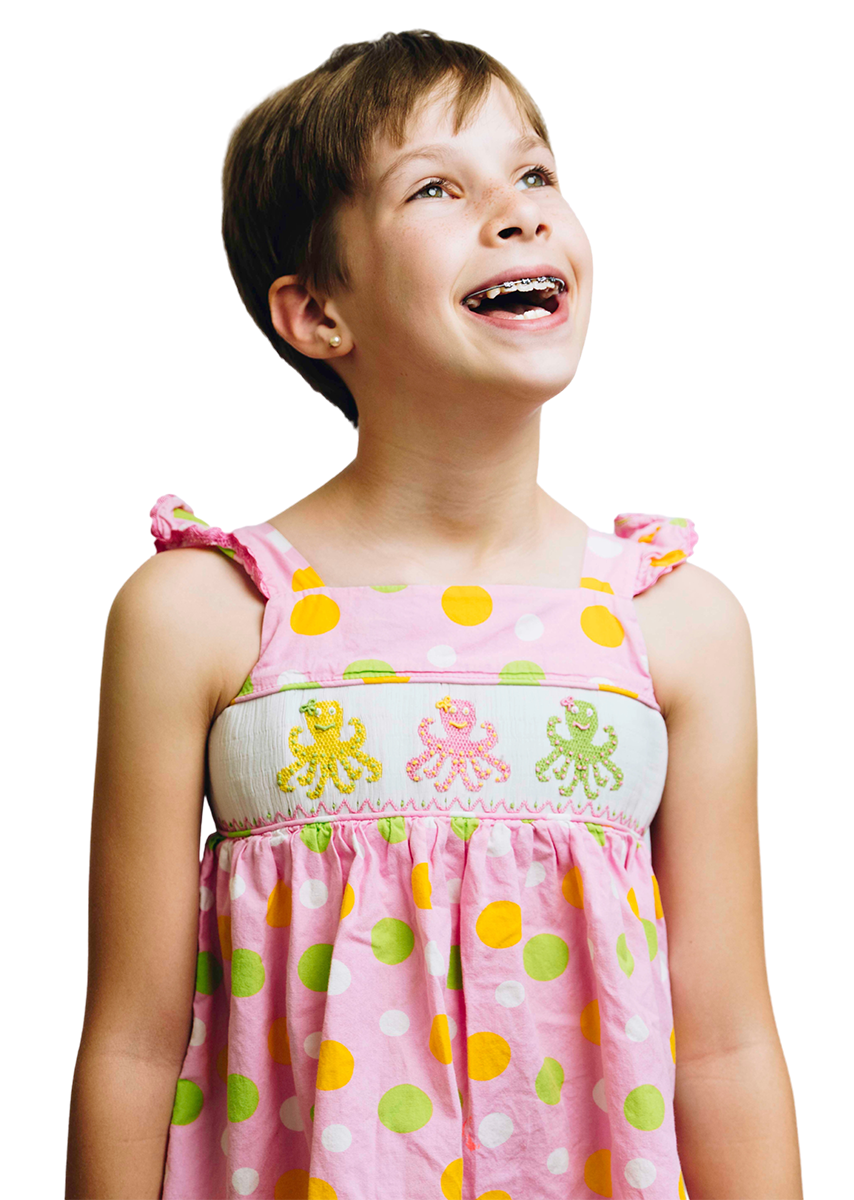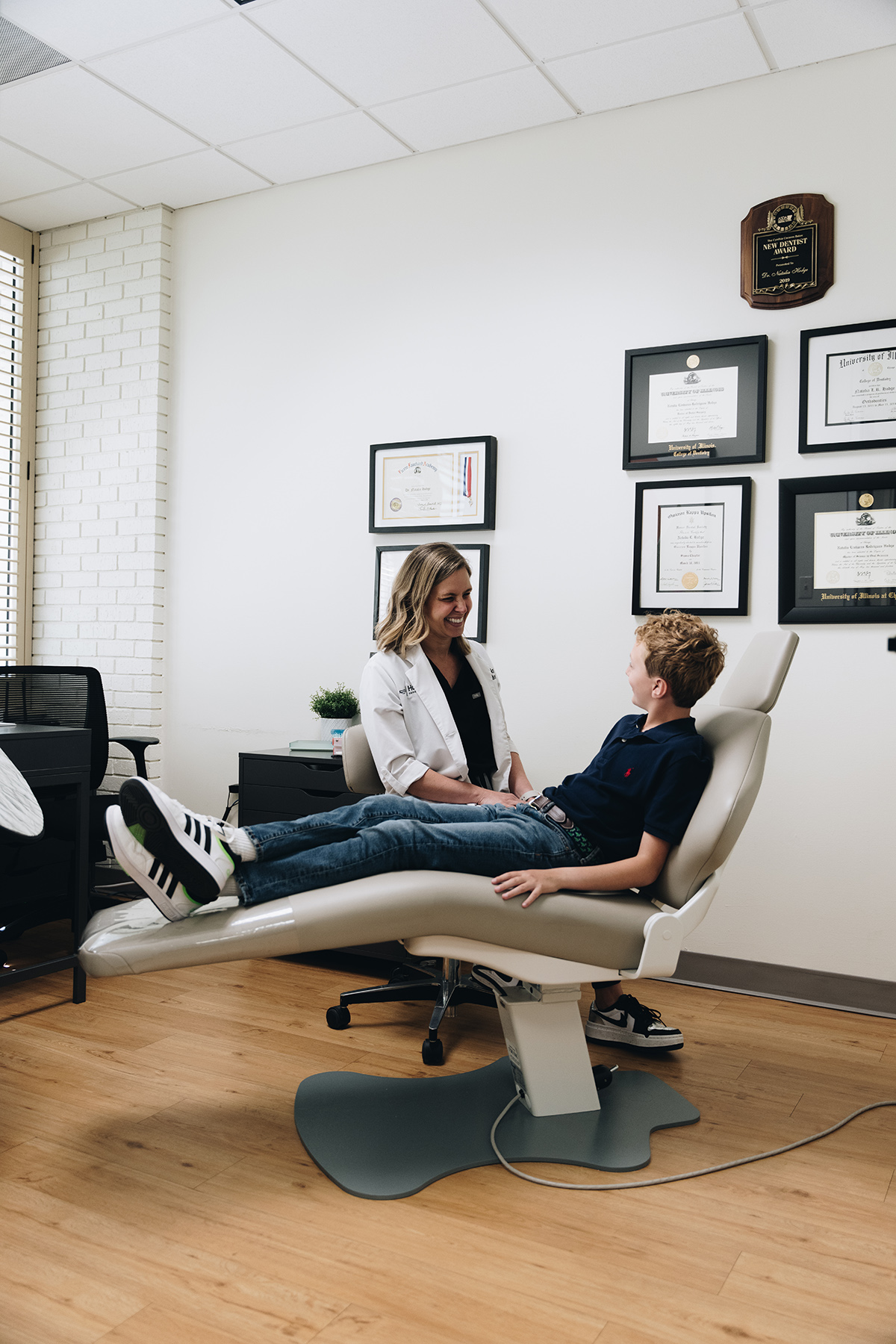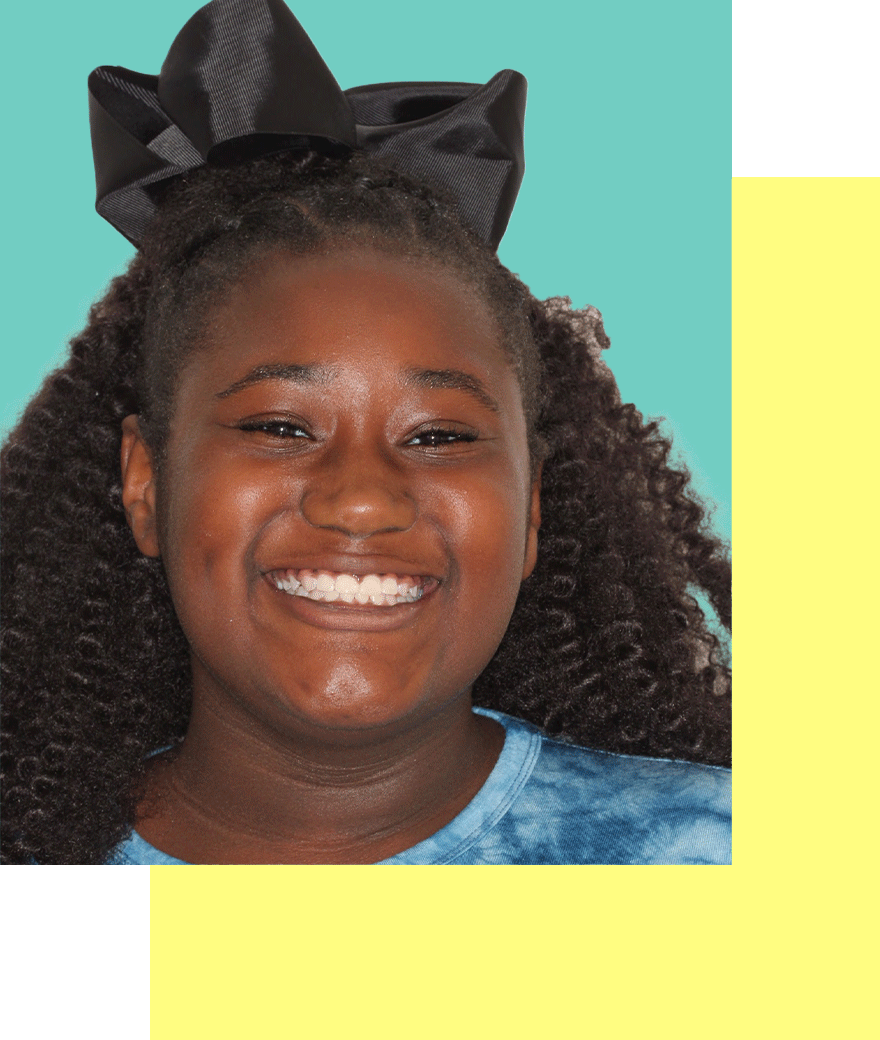Orthodontics for Kids
It’s often easy to tell when an adolescent or an adult might need orthodontics. However, when it comes to orthodontics for kids, there are a lot of misconceptions about why they may need orthodontic treatment, as well as confusion about timing, treatment, and the purpose of orthodontics in general.

Specialized Orthodontic Solutions
Choosing the right treatment option for your kids requires careful consideration. At Hodge Orthodontics, we understand the significance of addressing your kids concerns and conducting a thorough evaluation. With our expertise and commitment to excellence, we are proud to provide a diverse range of treatment options tailored specifically for kids.

Exploring Your Options
We at Hodge Orthodontics are here to clear orthodontics for kids up for you. Let’s go through some of the most common questions and concerns that we get about pediatric orthodontics.
What is the Purpose of Orthodontics?
The purpose of orthodontics for kids is to develop a favorable environment for the development of the permanent dentition. Growing jaws can be molded in a way that fully formed jaws cannot. Early intervention can be critical to address problems like crossbites, narrow palates and crowding. That reduces the chances of complex treatment such as extractions and surgeries in the future. As a happy bonus, orthodontics for kids also brings about a healthy and attractive smile
Is orthodontics for kids just cosmetic?
Orthodontics for kids does more than just give them a symmetrical smile. It corrects tooth and jaw alignment and develops a favorable environment for the development of permanent dentition. This can significantly reduce the need for extensive treatments, such as tooth extractions or jaw surgery later in life.
Does my child need an expander?
Palatal expanders are common in early orthodontics treatment. They treat narrow upper jaws that cause crowding or crossbites. Not every child requires one, but we now offer 3D-printed expanders for those who do. These fit your child’s unique dental anatomy better with a sleeker, more comfortable design that requires fewer fitting appointments.
Are braces or Invisalign best for kids?
Often, the choice is personal. Similar results can be achieved with either option. Braces are connected to the teeth and require more effort when brushing and flossing, as well as some diet modification. Aligners are completely removable and require compliance in wearing them for 20-22 hours daily. We will help you make the right decision for you.

Your True Smile Potential
Don’t let misaligned teeth hold you back any longer. Embrace the possibilities of orthodontic treatment and unlock your true smile potential. Schedule a consultation with Hodge Orthodontics today and embark on a life-changing journey to a radiant, confident, and breathtaking smile. Your transformation awaits!
Early orthodontic intervention is critical for kids because it can prevent dental problems from worsening and lead to more successful treatment outcomes. Addressing issues like crowded teeth and misaligned bites at a young age while kids are still growing allows orthodontists to guide jaw growth and tooth positioning effectively. This can significantly reduce the need for extensive treatments later in life, such as tooth extractions or jaw surgery. Moreover, early intervention can enhance a child’s self-esteem and confidence by providing them with a straighter and healthier smile during their formative years. The American Association of Orthodontists recommends every child have their first orthodontic consultation at age seven and I agree with that recommendation. Most kids will not need any treatment at that age. But I would rather see kids and monitor their development until they need intervention, which can be several years after the initial consultation, than see kids when they are older once they’ve developed more complex problems that I could have more easily corrected if I had been able to monitor their growth at a younger age. Also, most offices, including ours, charge nothing for monitoring for these issues. The patient only incurs a fee at the time they elect to begin orthodontic treatment.
Technology is revolutionizing the field of orthodontics, making treatment much more manageable and comfortable for kids, and our office has fully bought into much of the new technology out there. We now have the ability to 3D print expanders and aligners. Traditional expanders were often bulky and uncomfortable, requiring multiple visits for fitting. With 3D printing, we can now create custom-fitted expanders that are more precise, less bulky and do not need a separate appointment for tooth separators, which can be uncomfortable. Many parents I speak with remember their days in braces and specifically remember the process of taking a mold of their teeth prior to treatment. That process is now handled at our office digitally with an intra-oral scanner, which is infinitely more comfortable than the molds.
Similarly, aligners like Invisalign have become increasingly popular for children and teens. Custom-made aligners can gently guide teeth into their correct positions without the need for traditional braces. These aligners are virtually invisible and can be removed for eating, brushing, and flossing, promoting better oral hygiene and reducing dietary restrictions.
Overall, the integration of digitization of models and 3D printing technology in orthodontics has made the experience more convenient and appealing for kids, making them more willing to embrace the necessary treatment for a healthier and more confident smile. The technological advances of the past fifteen or so years have revolutionized the practice of orthodontics. It’s never been a better time for orthodontists to work with kids and achieve great results for them that carry on with them for the rest of their lives.
While some orthodontic issues are “acquired” – developing over time as a result of thumb or finger sucking, mouth breathing, abnormal swallowing, poor nutrition, poor dental hygiene, or accidents – most are inherited. Sometimes an inherited problem can be exacerbated by an acquired orthodontic problem.
However, no matter the cause, Dr. Hodge will usually be able to treat the condition successfully. Here are some things to look out for as signs of potential problems:
- Difficulty chewing or biting
- Mouth breathing
- Early or late loss of baby teeth
- Jaws that make sounds or shift
- Difficulty with clear speech
- Biting the inside of the cheek or roof of the mouth
- Facial imbalance
- Clenching or grinding of the teeth
If you notice any of these symptoms, schedule an appointment with Hodge Orthodontics where we can discuss orthodontics for kids in more detail as well as braces for kids and Invisalign for kids.
This is possibly the most widespread misconception about orthodontics for kids. People assume that because children lose their baby teeth, there’s no point in orthodontics for kids. Unfortunately, your child’s teeth will almost certainly not straighten out as they grow up. The space available for permanent front teeth does not grow as we age. And as we age we develop permanent molars, leaving even less space for front teeth.
Most orthodontics for kids is focused on creating more space and correcting the bite so that permanent teeth can grow in correctly. Left untreated, orthodontic issues can lead to gum disease, tooth decay, broken front teeth and loss of bone tissue – the tissue that holds our teeth in place. If more space is needed, typically, with orthodontics for kids, we’ll start off with a dental appliance to help, like an expander.
There is no “right age” for children to receive orthodontic treatment. The American Association of Orthodontists suggests that children should be evaluated no later than age seven (7). Around age seven (7), children have a mix of both primary (baby) and permanent teeth. As this is when the child’s face and jaw are growing and permanent teeth are beginning to edge out baby teeth, it’s an ideal stage of development to gather information and assess possible future problems.
However, while there is no perfect time for a first checkup, there is a perfect time to begin orthodontic treatment once they have been evaluated as needing it.
The timing of the treatment will depend on the type of problem your child has and the child’s stage of dental development. Some patients only require tooth movement, while others may need help guiding the growth of their jaws. Many times, jaw correction is needed to compensate for a sucking habit or an abnormal swallowing pattern that can reshape the jaw bone.
Remember, an orthodontic check-up does not mean immediately beginning orthodontic treatment. Very few orthodontic problems will need to be treated at age seven (7). Most orthodontics take the “wait-and-see” approach unless the case is particularly severe. Instead, this check-up will allow you to understand how your child’s mouth is developing and begin to identify problems so you can plan for the future.
- Crowding
- Open bite
- Overbite
- Gummy smiles
